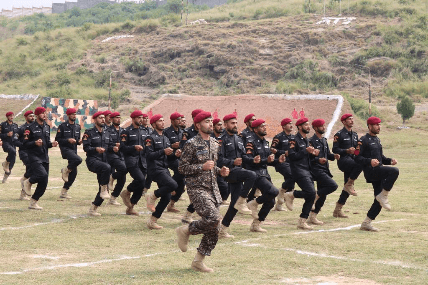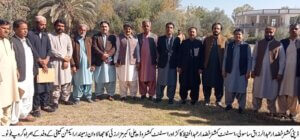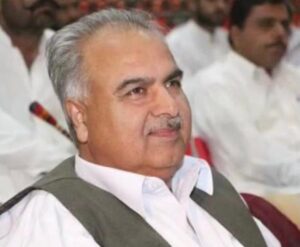Syed Ali Shah Analysis:
In a landmark administrative reform, the Government of Balochistan has abolished the historic Levies Force after 142 years, merging it into the Balochistan Police. The decision, approved by the Balochistan Cabinet, aims to modernize the province’s law enforcement system and enhance its law and order capacity — but it has also sparked reservations among Levies personnel and opposition from several political parties.
A Force Rooted in History
The Levies Force of Balochistan was established in 1883 by Sir Robert Sandeman, the British political agent and administrator of the region. The force’s core responsibilities included maintaining law and order, protecting vital installations, and collecting taxes and livestock revenue in tribal areas.
For more than a century, nearly 90 percent of Balochistan’s area remained under Levies jurisdiction, while only 10 percent fell under the provincial police. The Levies operated under Deputy Commissioners, Assistant Commissioners, and revenue officials, forming an essential pillar of the province’s tribal administration and security network.
Previous Reforms and Political Reversals
The merger of the Levies Force into the police is not unprecedented. During the tenure of General Pervez Musharraf, the force was initially merged with the police under then-Chief Minister Jam Muhammad Yousaf. However, the move was reversed in 2008 by Nawab Aslam Raisani of the Pakistan Peoples Party (PPP), restoring the Levies to their traditional structure.
Now, more than a decade later, the Balochistan Assembly has again legislated to merge the Levies with the police, signaling the government’s intent to build a unified, modern, and well-equipped law enforcement system in the province.
Government’s Stance: Modernization and Uniformity
The provincial government describes the decision as part of a larger strategy to ensure professional policing, better coordination, and modern security management.
Chief Minister Mir Sarfraz Bugti stated that integrating the Levies with the police will enhance counterterrorism capacity, digital monitoring, and operational effectiveness.
“This merger will help establish one uniform policing system in Balochistan. The government will provide modern equipment and training to all personnel to effectively deal with terrorism and extremism,” the Chief Minister said.
Officials emphasize that the reform will strengthen institutional structure, reduce duplication, and ensure better governance in remote and conflict-prone districts.
Reservations and Political Opposition
However, the decision has not been met with universal approval. Levies personnel across several districts have expressed strong reservations, arguing that the merger undermines their historical role, tribal identity, and trust-based relationship with local communities.
A number of political parties in Balochistan have also opposed the move, describing it as a “hasty and non-consultative decision.” They claim that the Levies Force has historically played a crucial role in maintaining peace in tribal areas where the police system remains ineffective.
Critics argue that merging a tribal community-based security structure into a centralized police institution could disrupt local dynamics and alienate the public. Some parties have demanded a parliamentary review of the cabinet’s decision before full implementation.
A Divisive but Defining Reform
Despite the opposition, the Balochistan Government remains firm on its stance, describing the merger as a step toward institutional modernization, national integration, and professional law enforcement.
Supporters of the decision believe it will bring uniformity, transparency, and accountability across all districts, enabling the province to better combat militancy and improve coordination with federal security agencies such as the Frontier Corps (FC) and Counter-Terrorism Department (CTD).
The coming months will reveal whether this bold reform strengthens Balochistan’s security apparatus or fuels administrative and political friction within the province.





